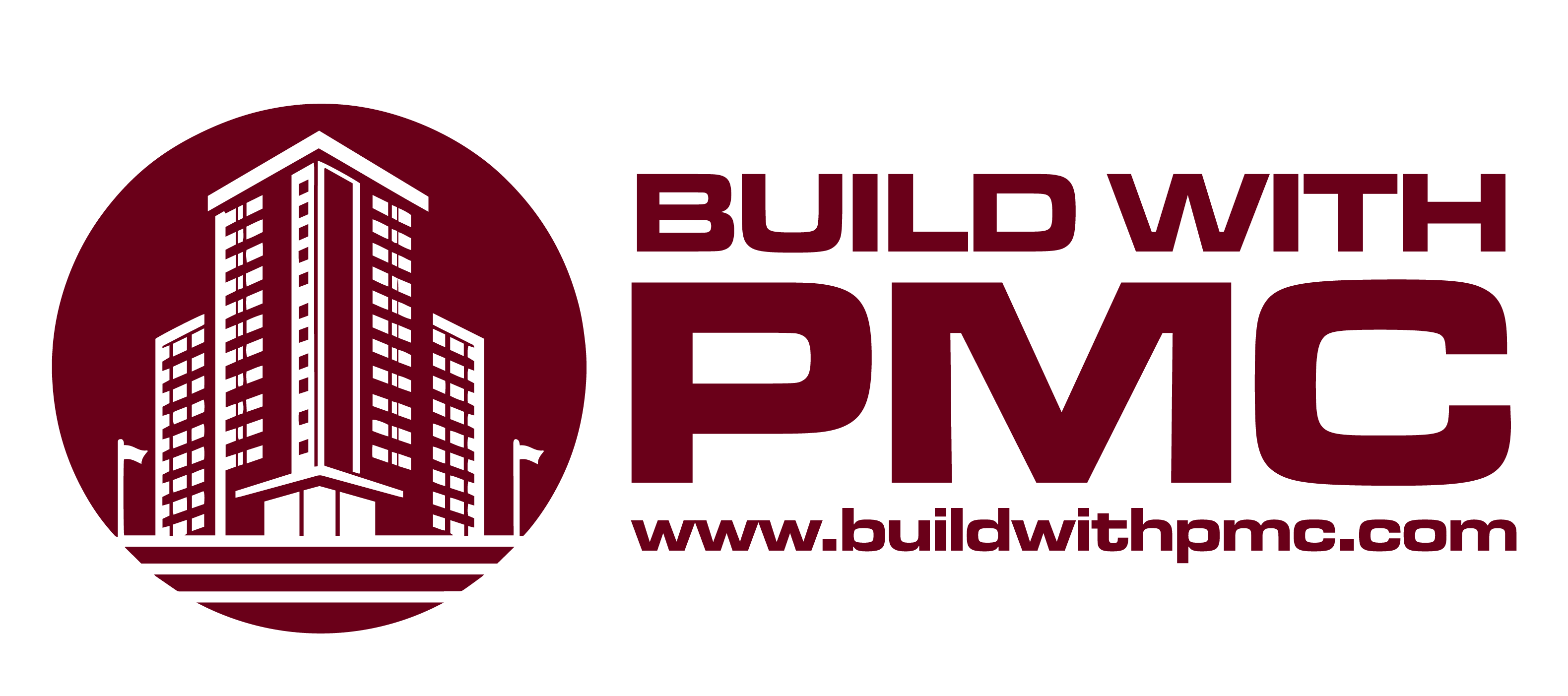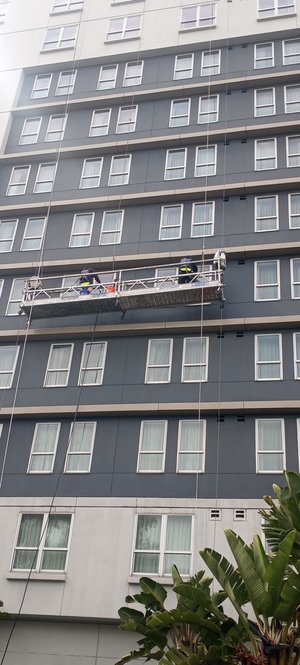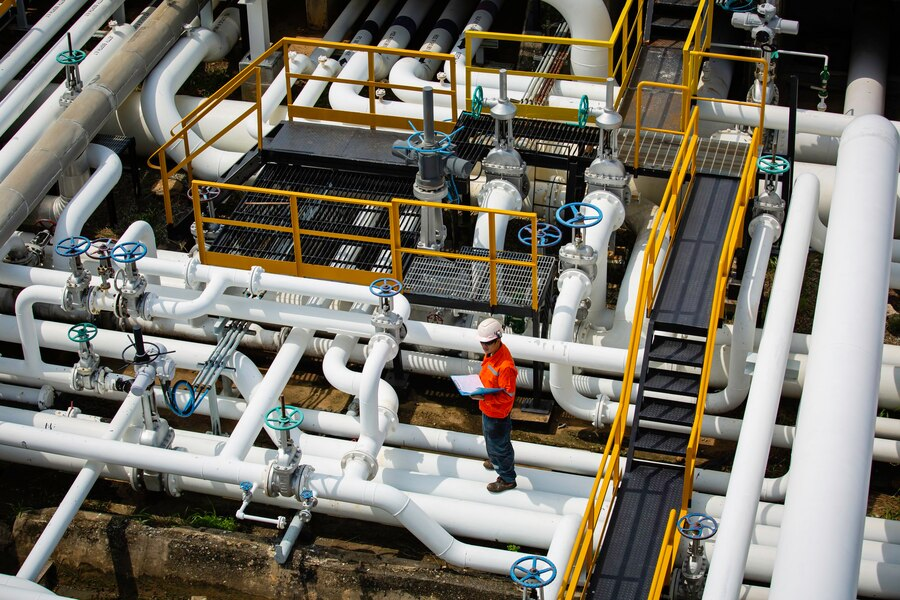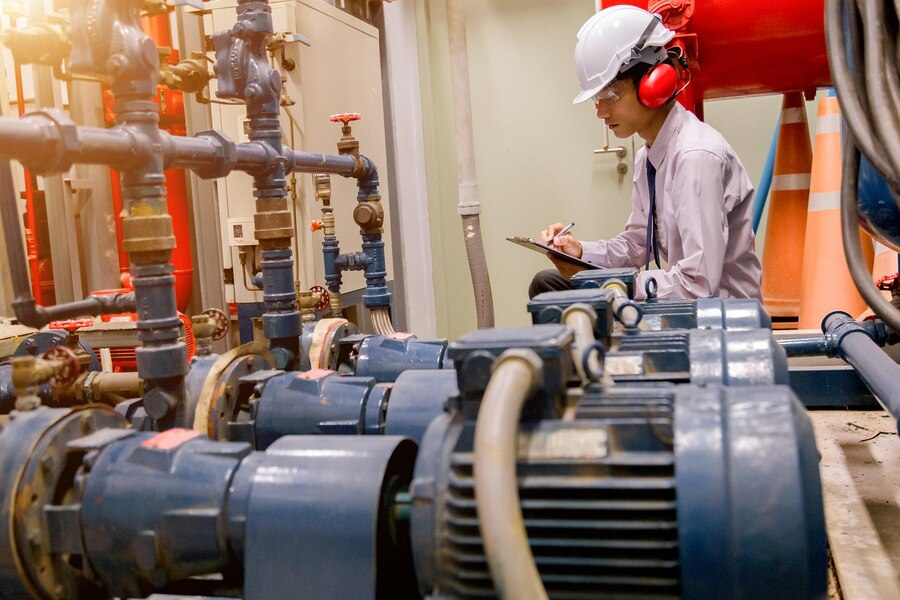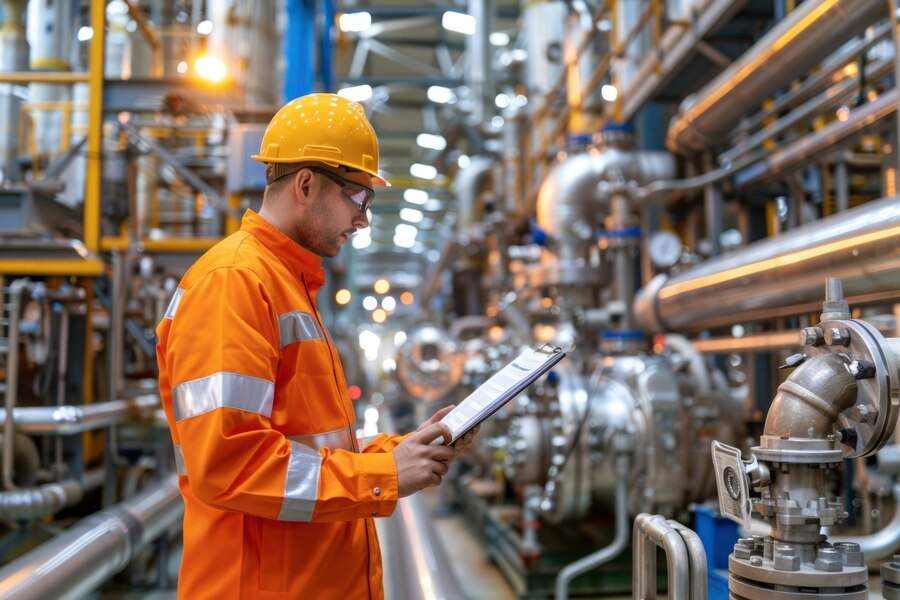In the world of construction, durability stands as a cornerstone for the longevity and resilience of any structure. One of the most critical elements contributing to the durability of commercial buildings is the choice of materials, with concrete being a standout player.
Commercial concrete, specifically designed for large-scale projects, has a profound impact on maximizing the value of construction endeavors by ensuring structural integrity, longevity, and overall sustainability.
The Evolution of Commercial Concrete
To understand the impact of commercial concrete on building durability, it’s essential to delve into the evolution of concrete technology. Traditional concrete was primarily composed of cement, water, and aggregates, but commercial concrete has undergone advancements in terms of formulation, admixtures, and reinforcement techniques. These improvements have elevated its performance, making it an ideal choice for constructing durable commercial buildings.

Composition and Formulation
Commercial concrete is characterized by a carefully engineered mix that goes beyond the basic ingredients. Manufacturers often incorporate supplementary cementitious materials like fly ash or slag, enhancing the material’s strength and durability. The careful balance of these components ensures that the concrete can withstand the harsh conditions of commercial environments.
Admixtures for Performance Enhancement
Admixtures play a crucial role in enhancing the properties of commercial concrete. These additives can improve workability, reduce water content, and enhance resistance to chemicals and extreme weather conditions. By incorporating admixtures, builders can tailor the concrete mix to meet specific project requirements, contributing to increased durability and overall structural performance.
Structural Integrity and Load-Bearing Capacity
Commercial buildings, by nature, often require a higher load-bearing capacity due to their size and the multitude of functions they serve. Commercial concrete is designed to meet these demands, providing exceptional strength and structural integrity. The inherent durability of commercial concrete ensures that the building can withstand heavy loads, making it suitable for diverse applications such as office spaces, warehouses, and retail complexes.
Reinforcement Techniques
Reinforcement is a key aspect of commercial concrete construction, contributing significantly to its ability to handle heavy loads. Steel reinforcement, commonly in the form of rebars, is embedded within the concrete to provide tensile strength. This reinforcement minimizes the risk of cracking and enhances the overall durability of the structure, ensuring that it can withstand the test of time.
Resistance to Environmental Factors
Commercial buildings are exposed to a range of environmental factors, including temperature fluctuations, moisture, and aggressive chemicals. Commercial concrete formulations often incorporate additives to enhance resistance to these elements. This resistance not only protects the structural integrity of the building but also minimizes the need for maintenance and repairs, ultimately maximizing the value of the construction investment.
Longevity and Low Maintenance
One of the significant advantages of using commercial concrete in construction is its contribution to the longevity of the building. The durability of the material translates into reduced maintenance requirements over time. Unlike structures built with less robust materials, commercial concrete buildings are less susceptible to wear and tear, ensuring a longer lifespan and minimizing the overall cost of ownership.
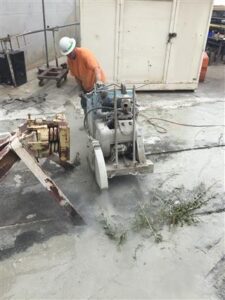
Lifecycle Cost Considerations
While the initial cost of commercial concrete construction may be higher than alternatives, the lifecycle cost presents a more comprehensive picture. The durability and low maintenance requirements of commercial concrete contribute to a more cost-effective solution over the long term. This is particularly important for commercial property owners and investors looking for sustainable and financially prudent building solutions.
Sustainable Practices
In addition to its durability, commercial concrete aligns with sustainable construction practices. The longevity of concrete structures reduces the need for frequent replacements, decreasing the overall environmental impact associated with construction activities. Furthermore, the incorporation of supplementary cementitious materials and the efficient use of resources make commercial concrete a greener option for builders and developers committed to environmental responsibility.
Regulatory Compliance and Safety
Commercial construction projects are subject to stringent building codes and safety regulations. Commercial concrete not only meets but often exceeds these regulatory requirements. Its robust nature and predictable performance contribute to the safety of the building, occupants, and surrounding areas. Compliance with safety standards ensures that the constructed commercial spaces are secure and contribute positively to the community.
Fire Resistance
Fire safety is a critical consideration in commercial construction. Commercial concrete exhibits inherent fire-resistant properties, providing an added layer of protection. This fire resistance can be further enhanced by incorporating fire-retardant additives, making commercial concrete an ideal choice for structures where safety is paramount.
Code Compliance and Certification
Building codes and standards are in place to ensure that structures meet specific criteria for safety and performance. Commercial concrete, when used in accordance with industry standards, not only meets but often exceeds these requirements. This compliance not only enhances the safety of the building but also facilitates the acquisition of necessary certifications, assuring stakeholders of the quality and durability of the construction.
Aesthetic Versatility
While the primary focus of commercial concrete is on durability and performance, it also offers a wide range of design possibilities. Architects and builders can leverage the versatility of commercial concrete to create aesthetically pleasing structures that align with the vision and branding of commercial projects. From polished finishes to textured surfaces, commercial concrete allows for a variety of design options without compromising durability.
Architectural Freedom
The use of commercial concrete provides architects with the freedom to explore diverse design concepts. The material’s versatility allows for the creation of unique shapes, patterns, and finishes, contributing to the overall aesthetics of the commercial building. This combination of durability and design flexibility ensures that commercial concrete remains a preferred choice in projects where both form and function are crucial.
Conclusion
In conclusion, the impact of commercial concrete on building durability is multifaceted and extends beyond the structural realm. Through advancements in formulation, reinforcement, and design versatility, commercial concrete maximizes the value of commercial construction projects.
Its ability to provide structural integrity, resistance to environmental factors, and compliance with safety standards positions it as a reliable and sustainable choice for builders, developers, and investors looking to create enduring and resilient commercial spaces.
As the construction industry continues to evolve, the role of commercial concrete in shaping the future of durable and sustainable buildings remains paramount.
